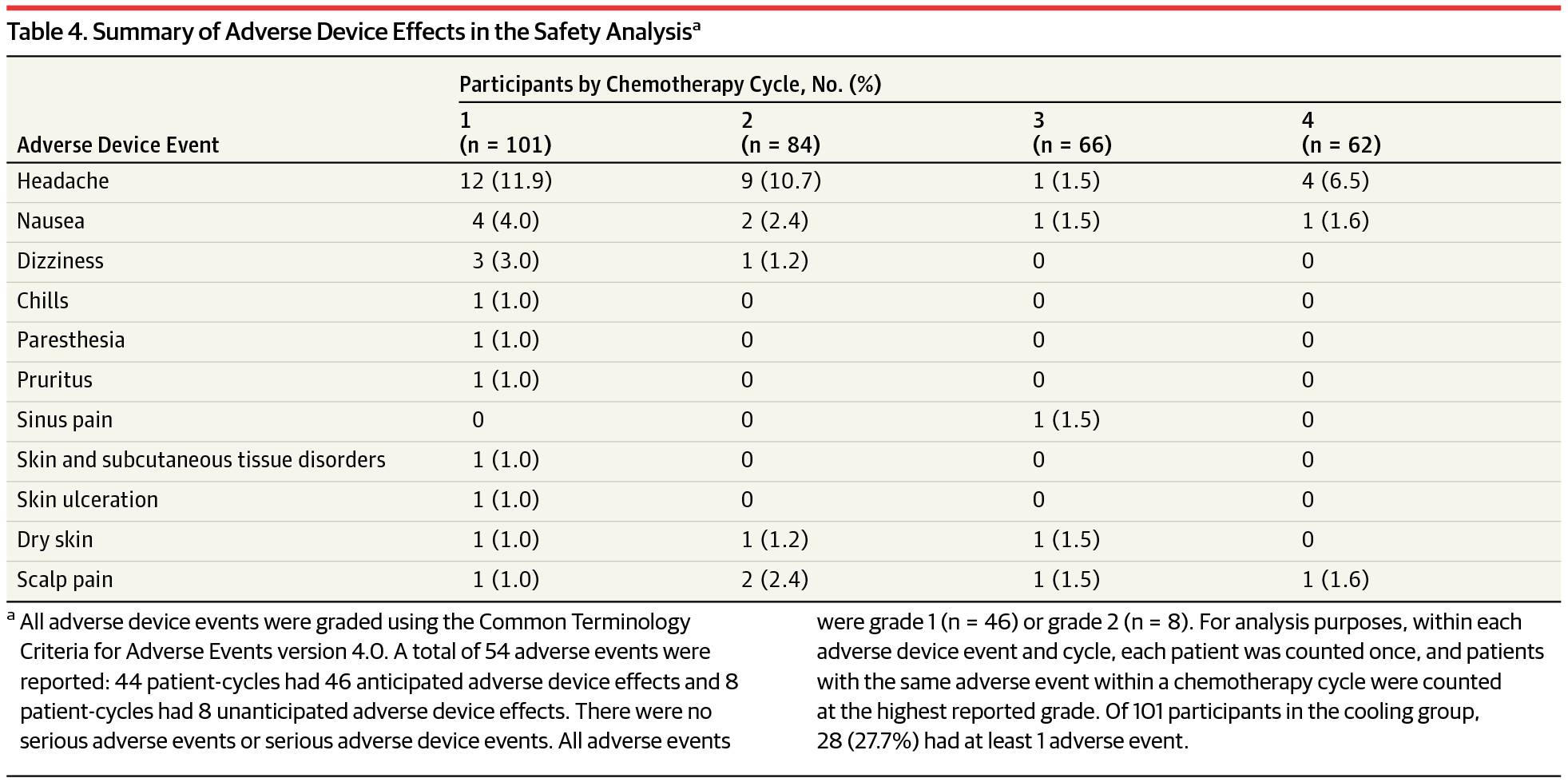Confidence Interval Analysis Cia Software Download

Recent literature use logit analysis for point estimators of the probability of insolvency for each insurer based. A third example depicts a confidence interval for the probability of failure for an. Method (Bazaraa and Shetty 1979), provided by the Borland (1992) software, is employed in. Minimum Length CIa. Mitchell ondemand 58 full torrent.
Aims Smoking is associated with several serious eye diseases. Awareness of smoking and blindness, and its potential to act, as a stimulus to assist stopping smoking has not been investigated. Methods A cross-sectional survey using a structured interview of adult patients attending district general hospital ophthalmology, general surgery, and orthopaedic clinics.

The interview investigated the awareness and fear of blindness for three established smoking-related diseases, and a distractor condition (deafness), and the likelihood that smokers would quit on developing early signs of each condition. Results Response was 89.1% (358/402). In all, 183 (51.1%) of responders were male and 175 (48.9%) female. Only 9.5% of patients believed that smoking was definitely or probably a cause of blindness, compared with 92.2% for lung cancer, 87.6% for heart disease, and 70.6% for stroke. Patients ranked their fear of each of the five conditions, scoring five for the most feared and one for the least feared. Patients were significantly ( P.
The association between smoking and eye diseases is well established, especially for age-related macular degeneration (AMD), though also for thyroid eye disease and cataract among others. AMD is the principal cause of blindness in developed countries. It is the commonest cause for blind registration in the UK, where there are approximately 214 000 (95% confidence interval (CI): 151 000–310 000) individuals with impaired vision secondary to AMD, and an estimated 54 000 people with visual impairment and almost 18 000 with blindness caused by AMD related to smoking. There is minimal understanding of the public's awareness about smoking as a risk factor for blindness. While certain diseases, such as lung cancer and heart disease, receive a high profile in health-promotional campaigns as illnesses caused by smoking, this is not the case for smoking-related eye diseases. It is known that if smokers believe their health will improve as a result of stopping smoking, they have an increased chance of quitting.
We have not identified any studies examining the level of awareness of the link between smoking and eye diseases and the possible impact such awareness would have on smoking behaviour. Preliminary findings from New Zealand on the impact of television advertisement campaigns on calls to a national Quitline service suggest that information about the link between smoking and blindness may be a potent stimulus for smokers to try and quit. We performed a cross-sectional study to explore the level of knowledge of the link between smoking and eye disease and the likely impact of that knowledge among UK patients attending ophthalmic and other outpatient departments. Our hypothesis was that few patients would be aware of the risk of eye disease by smoking, but that awareness of the risks to eyesight from smoking would be a strong stimulus for smokers to quit. Subjects and setting Adults attending ophthalmology, orthopaedics, and general surgery clinics at a UK District General Hospital between May and June 2004 were invited to participate. We excluded persons aged less than 18 years, or who were unable to give written informed consent or complete the interview.